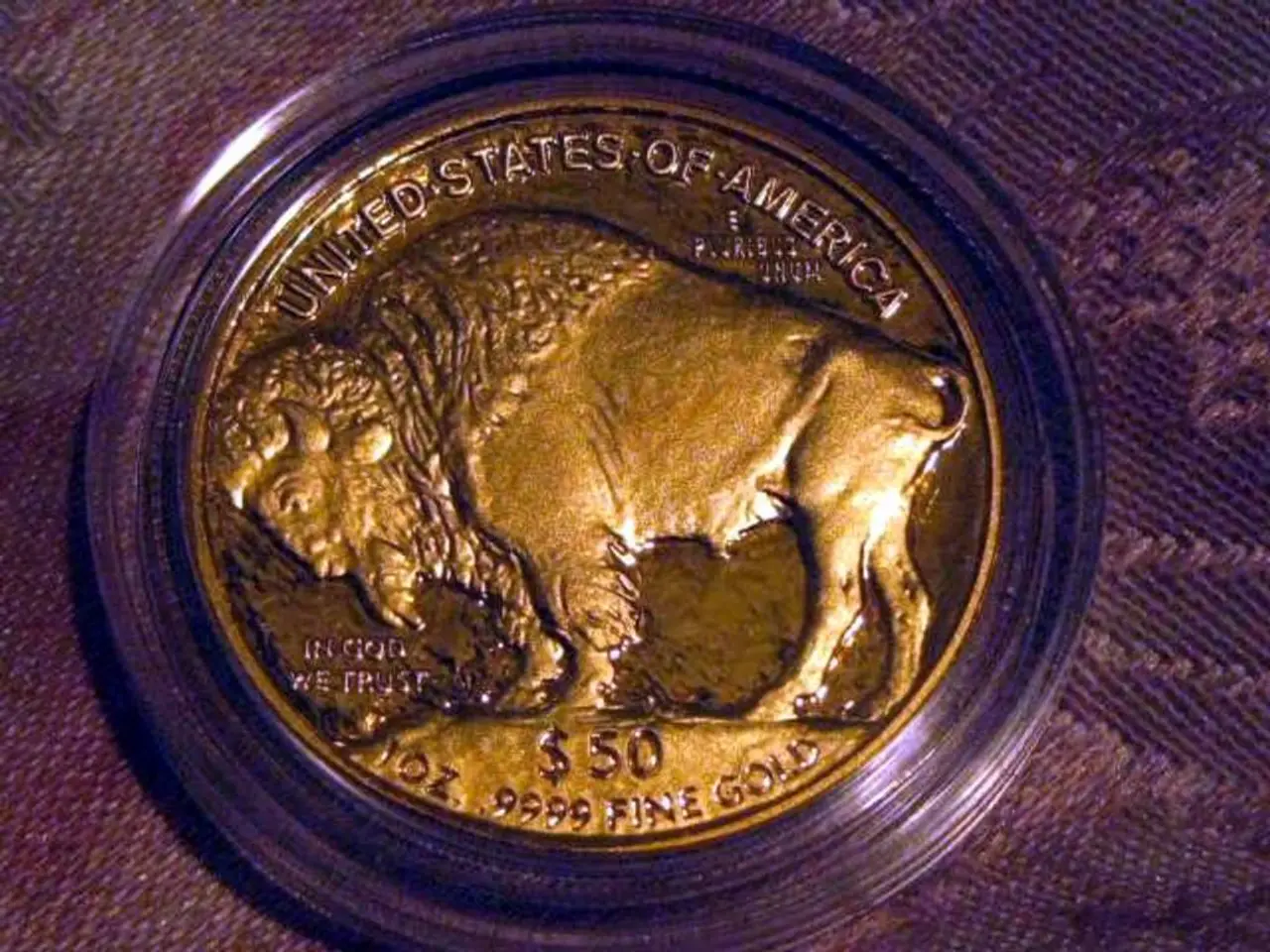Gold surpasses significant threshold of $3000
The gold market has witnessed a significant surge in 2021, with the precious metal breaking the $3000 per ounce barrier. This upward trend has been driven by a combination of macroeconomic, geopolitical, and monetary factors.
Global Economic Uncertainty and Geopolitical Tensions
Trade disputes and political instability have increased demand for gold as a safe-haven asset. The ongoing US-China trade war has intensified this safe-haven demand, contributing to the gold price surge.
Inflation Concerns and Lower Interest Rates
Amid weakening economic data and Federal Reserve policies, inflation concerns and expectations of lower interest rates have made gold more attractive. Gold, which does not yield interest, often benefits when real yields fall.
A Weakening US Dollar
A weakening US dollar makes gold cheaper in other currencies, boosting international demand. This dynamic has played a significant role in the gold price surge.
Rising Global Debt Levels and Fiscal Stimulus Measures
Heightened fears of currency depreciation due to rising global debt levels and fiscal stimulus measures have pushed investors toward gold as a hedge.
Central Bank Purchases and Investor Appetite
Increased gold-backed ETF inflows and buying by national banks seeking reserve diversification have fuelled the gold price surge.
Trade Tariff Escalations
Trade tariff escalations, especially under unpredictable US trade policies, have added to market volatility and enhanced gold’s role as a protective asset.
These factors have created a potent environment for gold prices to break past $3000 per ounce in 2021, driven by a mixture of macroeconomic, geopolitical, and monetary dynamics that elevated gold’s appeal worldwide.
In the domestic market, gold prices at the Multi-Commodity Exchange (MCX) touched Rs 88,200 per 10 gm. Silver, another precious metal, has also seen a surge, reaching a new high of Rs 1,15,000 per kg in the domestic market. It is speculated to potentially reach Rs 1,30,000 per kg in the first half of the year. Silver has already crossed the Rs 1 lakh mark twice in the domestic market.
Meanwhile, the US administration's actions could potentially damage the country's standing as an investment destination, according to some analysts. JP Morgan's chief economist predicts a 40% chance of a US recession this year, which could further impact the global economy and gold prices.
As the year progresses, key resistance levels for gold are now $3070 and $3140, according to some analysts. If factors persist, gold is expected to overcome the resistance of $3140 in the first half of the year, potentially reaching Rs 92,000 per 10 gm at the MCX.
In other news, Prudential Plc and HCL Group are planning to launch a health insurance joint venture. This development, while not directly related to the gold market, is an interesting development in the broader economic landscape.
[1] Global Economic Uncertainty and Geopolitical Tensions [2] Inflation Concerns and Lower Interest Rates [3] A Weakening US Dollar [4] Rising Global Debt Levels and Fiscal Stimulus Measures [5] Central Bank Purchases and Investor Appetite [Source: Various Financial Publications]
- Amid the growing uncertainty in the global economy and ongoing geopolitical tensions, some investors might consider diversifying their portfolios by investing in technology sectors that are less correlated with gold or other traditional safe-haven assets.
- As digital markets continue to expand and technological advancements transform various industries, finance professionals have increasingly turned their eyes towards tech start-ups and premium technology stocks that show strong potential for growth and stable returns during times of economic volatility and inflation.




